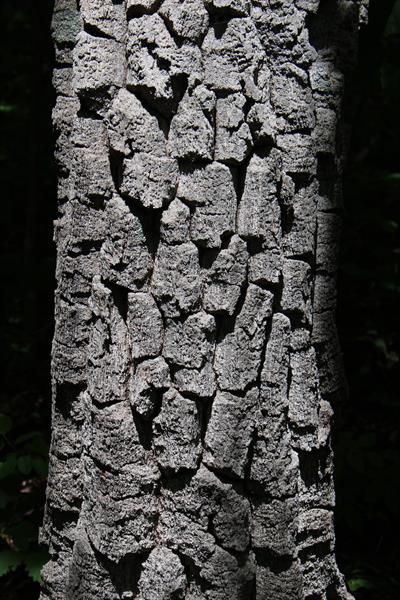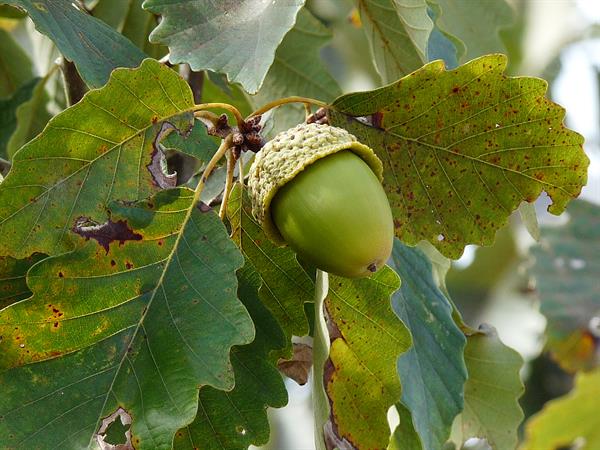
Origin/Endemic status: Native
Taxonomy Comments: The proper application of the Linnaean "Q. prinus" has been controversial and unclear, having been debated and variously applied for well over a century. The name "Q. prinus" has nomenclatural priority over either "Q. montana" or "Q. michauxii", but it is not clear which species was intended; after centuries of uncertainty, Whittemore & Nixon (2005) proposed its formal rejection and the proposal was formally and unanimously accepted (Brummitt 2007).
Synonymy: = FNA3, K3, K4, Mi, NE, NY, Pa, S, Tat, Tn, Va, W; = Quercus prinus L. – C, F, G, Il, K1, RAB, S13, WV, name rejected (probably misapplied, and a source of confusion)
Wetland Indicator Status:
- Atlantic and Gulf Coastal Plain: UPL
- Eastern Mountains and Piedmont: UPL
- Midwest: FACU
- Northcentral & Northeast: UPL
Heliophily: 6
Hover over a shape, letter, icon, or arrow on the map for definition or see the legend.
 © Keith Bradley | Original Image ⭷
© Keith Bradley | Original Image ⭷ © Scott Ward | Original Image ⭷
© Scott Ward | Original Image ⭷ © Richard & Teresa Ware CC-BY-NC, permission granted to NCBG | Original Image ⭷
© Richard & Teresa Ware CC-BY-NC, permission granted to NCBG | Original Image ⭷ © Scott Ward | Original Image ⭷
© Scott Ward | Original Image ⭷ © Joey Shaw source | Original Image ⭷
© Joey Shaw source | Original Image ⭷ © Richard & Teresa Ware CC-BY-NC, permission granted to NCBG | Original Image ⭷
© Richard & Teresa Ware CC-BY-NC, permission granted to NCBG | Original Image ⭷ © Scott Ward, some rights reserved (CC BY), uploaded by Scott Ward source CC-BY | Original Image ⭷
© Scott Ward, some rights reserved (CC BY), uploaded by Scott Ward source CC-BY | Original Image ⭷ © Scott Ward | Original Image ⭷
© Scott Ward | Original Image ⭷ © Scott Ward | Original Image ⭷
© Scott Ward | Original Image ⭷ © Richard & Teresa Ware CC-BY-NC, permission granted to NCBG | Original Image ⭷
© Richard & Teresa Ware CC-BY-NC, permission granted to NCBG | Original Image ⭷ © Richard & Teresa Ware CC-BY-NC, permission granted to NCBG | Original Image ⭷
© Richard & Teresa Ware CC-BY-NC, permission granted to NCBG | Original Image ⭷Feedback
See something wrong or missing on about Quercus montana? Let us know here: (Please include your name and email if at all complicated so we can clarify if needed.)
Cite as...